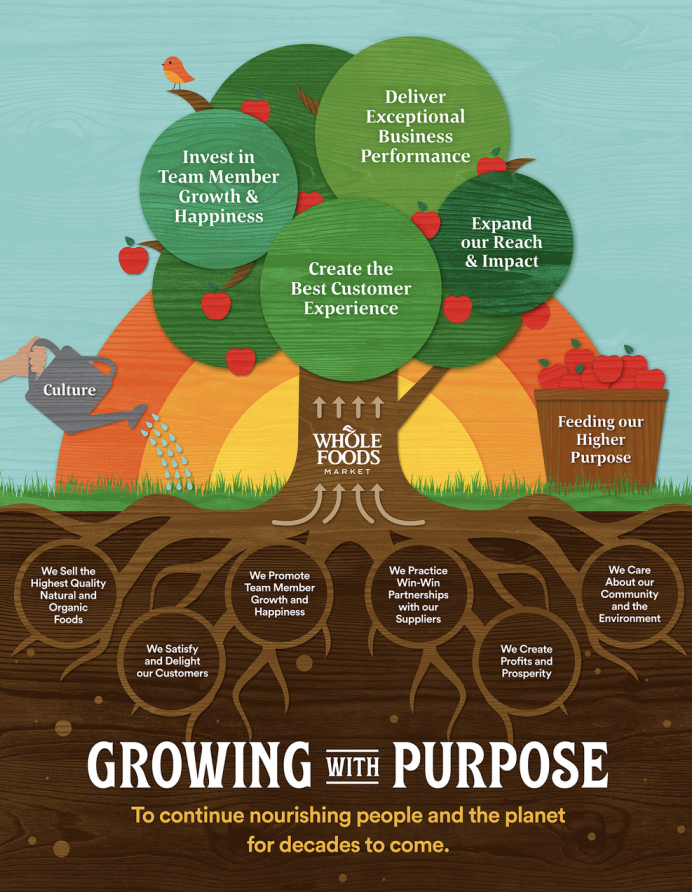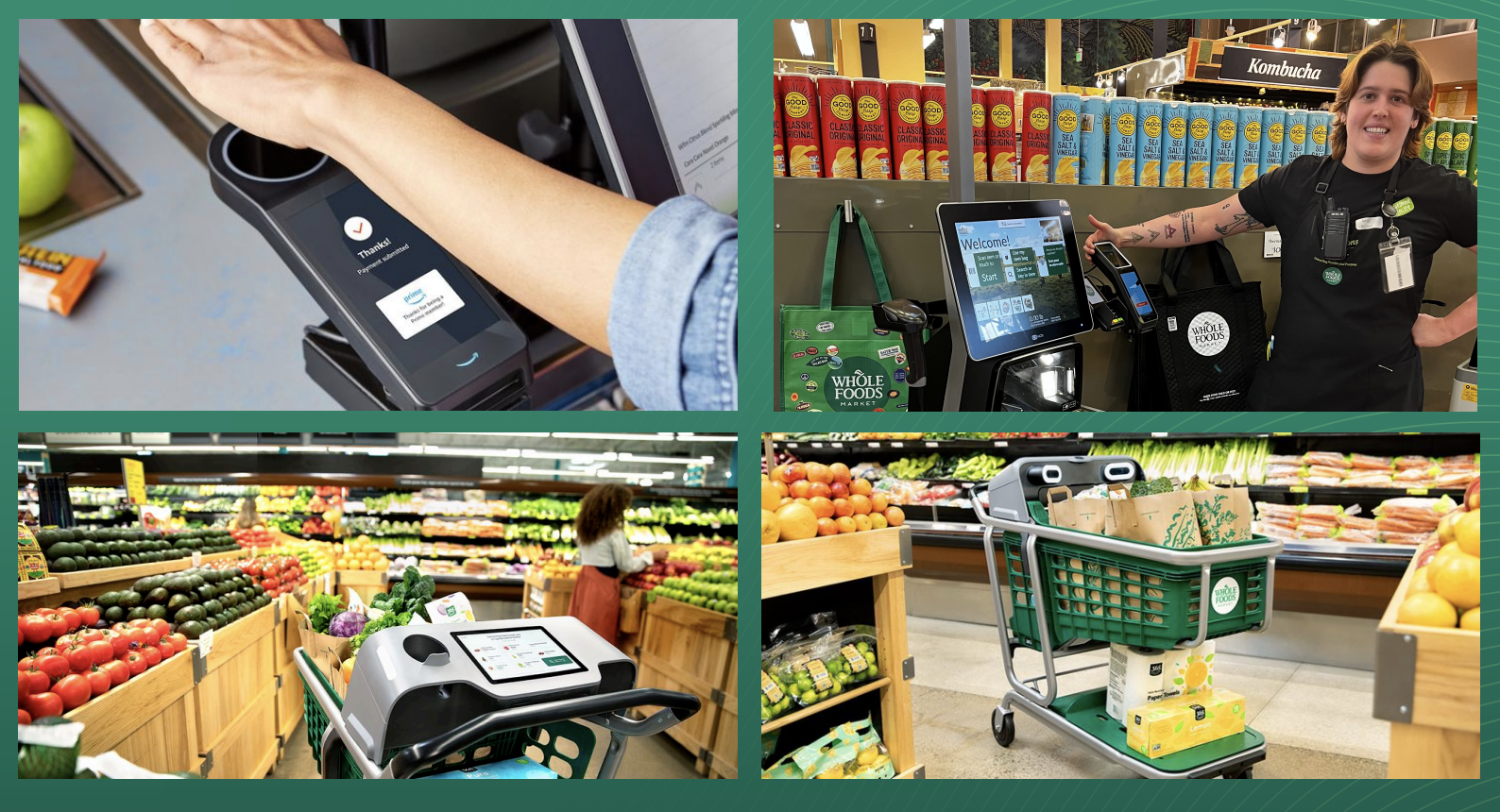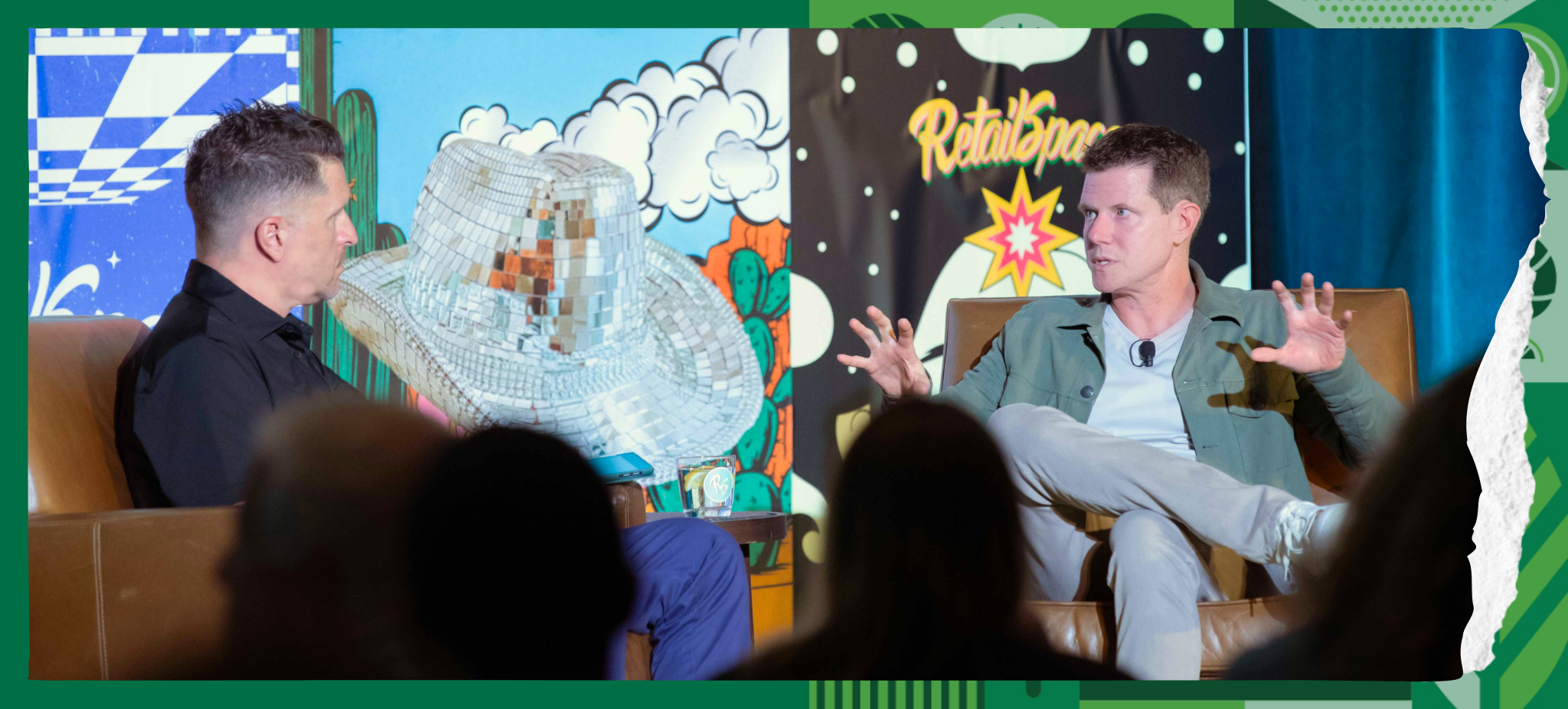Jason Buechel, CEO of Whole Foods Market, joined leaders at RetailSpaces for a wide-ranging conversation about grocery retail strategy, urban expansion, sustainability, and the company’s newest small-format store concept known as the Whole Foods Market Daily Shop.
Buechel, who previously served as Chief Information Officer and later Chief Operating Officer before stepping into the CEO role in 2022 following the departure of John Mackey, shared how the brand is evolving its real estate strategy to reach dense urban markets, bridge gaps between traditional store locations, and respond to shifting customer behavior.
In a conversation with Michael P. Owens, founder of RetailSpaces, Buechel detailed why small-format grocery is becoming a critical growth lever for the next decade.
Key Takeaways from Jason Buechel at RetailSpaces
- Whole Foods is launching the Daily Shop, a 7,000 to 14,000 square foot small-format grocery concept
- The format targets urban white space between full-size stores
- Smaller stores reduce development timelines from roughly 12 months to as little as 12 weeks
- Sustainability and energy efficiency now drive site selection and design
- Digital behavior, wearables, and personalized nutrition will shape the next era of grocery retail
-------------------------------------------------------------------------
From Dairy Farm to Corner Office
Growing up in Wisconsin, Buechel spent significant time on his grandparents’ dairy farm, picking stones, baling hay, and helping with daily operations. That early exposure to food production stayed with him as he moved into retail consulting and later joined Whole Foods in 2013 as CIO. He rose to COO in 2019 before stepping into the CEO role three years later.
“What I loved about grocery is that it’s so much more complex than most other forms of retail,” he said. “You have thin margins, a highly perishable product, and constant operational pressure. It makes for a far more complicated business to operate.”
Buechel joined RetailSpaces on short notice after filling in for Whole Foods’ EVP of Development and Growth, Christina Minardi, which helped set the tone for a candid, unscripted conversation.
What Is the Whole Foods Market Daily Shop
As announced earlier this year, Whole Foods will launch its new Whole Foods Market Daily Shop format beginning with a location on Manhattan’s Upper East Side.
The Daily Shop is a 7,000- to 14,000-square-foot small-format grocery concept designed for quick trips, grab-and-go meals, and essential ingredients. It is intended as a fill-in location between full-size stores, particularly in dense urban areas.
Whole Foods Market Daily Shop rendering
“We have a lot of white space in Manhattan and in many urban corridors,” Buechel explained. “If you need to walk to one of our stores, it’s not always easy when you are on the go. This format is designed to make experiencing Whole Foods easier and faster.”
How Small-Format Stores Change Urban Expansion Economics
While many observers see similarities to the former Whole Foods 365 concept, Buechel pointed out meaningful differences.
“With 365, we were still talking about 30,000 square foot stores,” he said. “With Daily Shop, we are offering a narrower assortment but still covering the vast majority of what customers actually need.”
Shoppers may not find the same number of sizes, flavors, or variations as in a full-scale store, but the essentials remain fully covered. The goal is speed, convenience, and proximity rather than total assortment depth.
Speed to Market and the Kit-of-Parts Model
Smaller stores also dramatically shorten development timelines.
Traditional Whole Foods stores often require 10 to 12 months of development. The Daily Shop format reduces that timeline to roughly 10 to 12 weeks using a modular kit-of-parts approach.
“A lot of our long timelines come from large ground-up builds and mixed-use developments,” Buechel said. “This model lets us move faster without creating a cookie-cutter experience.”
Though the initial rollout focuses on dense urban markets, suburbs and secondary markets may follow.
“The economics become very attractive in places where a full-size store may not make sense,” he said.
Whole Foods and Sustainability in Store Development
Sustainability remains a central design and operations principle for the brand.
“We always view the environment as one of our core stakeholders,” Buechel said. “We are constantly looking for win-win solutions where smarter energy usage benefits the planet, our team members, and our operating costs.”
That work includes upgrading outdated refrigeration, lighting, and mechanical systems across the existing store fleet.
“Our goal is to constantly ask what we can improve across what we already operate,” he said.

What the Whole Foods CEO Actually Buys in His Stores
When the conversation turned personal, Owens asked Buechel what he reaches for most often when he shops.
Without hesitation, he smiled and shared his everyday staples. Dried mango tops the list, which he called the best dried mango you will find anywhere. He also keeps both green and red dry lentils in steady rotation, describing them as reliable, go-to ingredients he always likes to have on hand.
Simple, functional, and versatile, the choices neatly mirror the way he thinks about food and grocery retail overall.
Jason Buechel’s Favorite Restaurants and Music Venues in Austin
For those spending time in Austin, Buechel also shared a handful of his favorite local spots. On the dining side, his list runs the full spectrum from historic to modern. He pointed to Jeffrey’s for a classic night out, Uchiko for refined Japanese fare, and Emmer & Rye for its creative, ingredient-driven approach.
He also highlighted Olamaie, Suerte, and Hestia for their live-fire, wood-forward menu.
When it comes to live music, Buechel gravitates toward two Austin staples: Stubb’s BBQ and the Moody Theater, where he enjoys catching Austin City Limits tapings.
The recommendations offered a rare look at how the CEO of Whole Foods experiences the city when he is not thinking about store formats, site strategy, or supply chain operations.
How Digital Behavior and Personalized Nutrition Will Shape the Next Decade
Looking ahead, Buechel expects the biggest changes in grocery to come from shifting customer behavior and deeper digital integration.
“Digitally, customers are going to be influenced and supported in completely new ways,” he said. “Wearables and data-driven health insights will eventually become real factors in food purchasing.”
He also sees change coming at the nutritional level.
“I truly believe people will increasingly consume food based on their own personal biome,” he said. “As education improves, that understanding will shape what customers choose to buy and eat.”

Posted by
Physical Retail Reimagined.
RetailSpaces is a community for store development and design innovators.
March 29-31, 2026 | San Antonio, TX
Learn More!








Comments